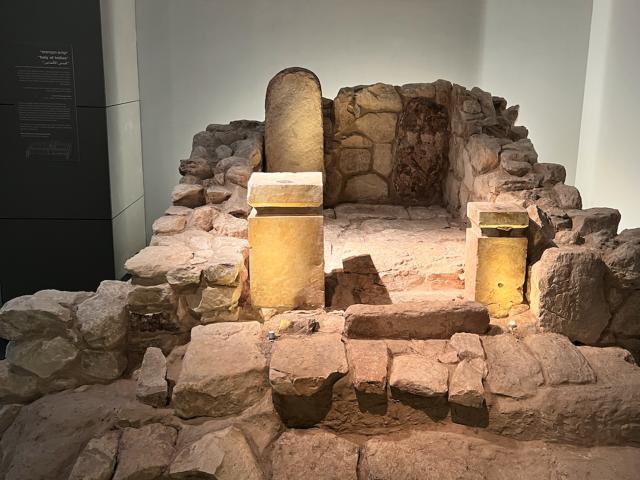The historical narrative of Israel, particularly during the Iron Age, is deeply entwined with the biblical accounts of the United Kingdom of Israel, which was said to have existed from the 11th century BCE under the reigns of Saul, David, and Solomon. This kingdom, however, purportedly split into Israel and Judea around 975 BCE following Solomon's death, a division catalyzed by heavy taxation and succeeded by his son Rehoboam. This split delineated the northern kingdom of Israel, which included territories like Samaria and Shechem, from the southern kingdom of Judea, with Jerusalem as its religious and administrative heart.
The quest to establish a definitive archaeological timeline for these events has been fraught with challenges. Traditional evidence from the Bible and historical texts has not been sufficiently corroborated by indisputable archaeological finds, leading to a longstanding debate between scholars. This debate pits biblical minimalists, who question the historical accuracy of the biblical texts, against biblical maximalists, who accept these texts as factual historical records.
The chalk box was uncovered on #Jerusalem’s Pilgrimage Road, the 2,000-year-old paved road that led from the area of the Siloam Pool to the Temple Mount. https://t.co/GHvnnixX1L
— Biblical Archaeology Review (@BibArch) April 26, 2024
The Kingdom of Judah's archaeological footprint, particularly in the south-central highlands, has been minimally explored due to various geopolitical constraints such as security concerns and political instability. This has led some scholars to propose that Jerusalem may not have risen as a significant administrative hub until the late 8th century BCE, contradicting earlier estimations of its prominence. Archaeological evidence up to that point suggested that Jerusalem's population was too small to support a substantial administrative or royal infrastructure.
Addressing these chronological uncertainties, a collaborative research team from the Weizmann Institute of Science, Jerusalem’s City of David archaeological site, the Israel Antiquities Authority (IAA), and Tel Aviv University (TAU) has made significant advancements. Their work, published in the Proceedings of the National Academy of Sciences under the title "Radiocarbon chronology of Iron-Age Jerusalem reveals calibration offsets and architectural developments," highlights the use of radiocarbon dating to detail the timeline of Jerusalem during the Iron Age.
Israeli researchers have now managed to produce a detailed chronology of Iron-Age Jerusalem when the city served as the capital of the biblical Kingdom of Judah.https://t.co/ho68Yyus3M
— The Jerusalem Post (@Jerusalem_Post) April 30, 2024
The study harnessed microarchaeology, a nuanced approach that examines archaeological evidence at a microscopic level, allowing for a more precise dating of the organic materials found at the site, such as charred seeds. This methodological advancement was crucial in addressing the challenges posed by the Hallstatt plateau, a period where radiocarbon dating traditionally faces accuracy issues due to fluctuations in atmospheric radiocarbon levels influenced by cosmic rays.
The integration of over 100 radiocarbon datings from organic material with dendrochronology (tree-ring dating) enabled the researchers to refine the chronology significantly. This approach not only addressed the dating challenges but also leveraged discrepancies known as 'offsets' between regional radiocarbon data and established data from European and American tree rings to enhance the accuracy of their findings.
These meticulous efforts have led to groundbreaking insights, establishing that Jerusalem has been continuously inhabited since at least the 12th century BCE. They pinpointed a major urban expansion to the 9th century BCE and traced a significant urban restructuring back to a severe earthquake, previously attributed to the time of King Hezekiah but now linked to King Uzziah's reign.
Since ancient #Jerusalem is notoriously difficult to properly study, new methods must be invented. https://t.co/Sq3I8JCk2c
— Biblical Archaeology Review (@BibArch) April 23, 2024
The study’s implications extend beyond Jerusalem, offering a new framework that could enhance the understanding of Iron Age sites worldwide plagued by similar chronological difficulties. This microarchaeological approach could revolutionize the field by filling in historical gaps during a pivotal period of human development, underscoring the profound impact of seemingly minute archaeological techniques on broader historical narratives.


